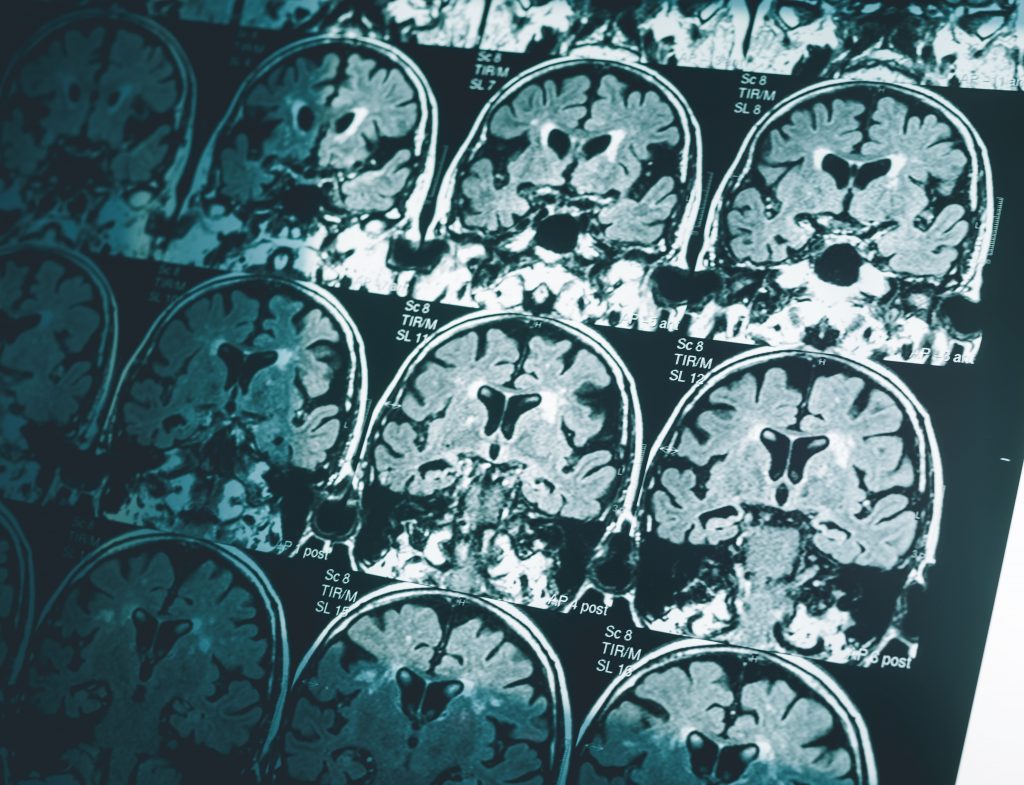Could an 80-year-old drug cure Alzheimer’s disease?

by Greg Richter, Drexel University
Unlike diseases that impair the body in a myriad of physical ways, dementia can rob mental faculties and identity, as patients struggle to remember memories from previous days.
As the disease progresses, victims may also forget friends or relatives and the functional skills to perform a daily routine.
The most common form of dementia, Alzheimer’s disease, is a disorder in which brain cells shrink and die. There is no cure, although some medicines, support groups and other programs may help patients manage the disease.
Considering this void, the search for better treatments presses on. More than $3 billion in National Institutes of Health funding is dedicated to Alzheimer’s research, although progress seems painfully slow for the roughly 5.8 million Americans currently suffering from the disease.
Some existing drugs are controversial, such as Aduhelm, which was recently approved by the Food and Drug Administration for patients with mild cognitive impairment or early onset Alzheimer’s. Among the many questions about the drug is whether it is worth its $56,000 a year cost and side effects risk.
Re-visiting an old drug
The glaring limitations of available therapeutics led one Drexel University College of Medicine professor to consider whether the solution is not an expensive drug, but one that has been around since World War II.
This is the question posited by Herbert B. Allen, MD a professor and chair emeritus in the College of Medicine. He offers a bold challenge to colleagues: consider whether penicillin could help prevent Alzheimer’s, and when combined with a disperser, whether penicillin may slow progression of the disease — or maybe even stop it altogether.
Allen’s hypothesis paper, recently published in the Journal of Alzheimer’s Disease, expands beyond penicillin’s current role in treatment of infections, like syphilis and gonorrhea, and introduces the possibility that there could be similar effectiveness when applied to Alzheimer’s.
Two regimens proposed by the hypothesis: prevention using penicillin via a once a year shot, or pills for two weeks, or treatment of early-onset Alzheimer’s using penicillin and a drug such as rifampin to break the biofilms so the penicillin can break through into the body.
Allen says the path of Alzheimer’s in the tissues of patients starts with two types of spiral-shaped bacteria, known as spirochetes. These are Borrelia burgdorferi (which causes Lyme disease) and Treponema denticola (which causes diseases of the gums).
These dangerous bacteria enter the brain via nerve cells and brain circuits and create biofilms that are responsible for the tangles and the attack on brain cells that cause Alzheimer’s, Allen said.
A chronic infection
“Alzheimer’s disease is a chronic infection,” said Allen. “Up until to this point in time, no one has been able to find these biofilms that cause disease hidden in live tissue.”
After reading that a colleague at the International Alzheimer Research Center in Switzerland, Judith Miklossy, MD, PhD, grew Lyme organisms from the brains of Alzheimer’s patients, Allen got an idea.
“I thought maybe there’s something to this, because Lyme is a skin disease first, so I put the same staining procedure together for tissue samples from our tissue bank here and it showed that the organisms made biofilms and the hypothesis grew from there.”
Allen explains that it’s these spiral-shaped bacteria that make the biofilms and make the beta-amyloid located inside and outside of cells and attack normal, healthy Tau protein and cause the breakdown of nerve cells.
Miklossy is credited with the discovery that the pathology of syphilis and Alzheimer’s are the same, Allen said.
Allen points to penicillin’s success in preventing syphilis and psoriasis as possible reason why it may have success in Alzheimer’s and possibly other neurodegenerative diseases. Despite this, Allen says research funding prioritizes new drug development over study of existing drugs like penicillin.
Following the money to see part of the reason why, Allen points to billions of dollars in revenue for drugs like Humira, with billions of dollars in sales each year to psoriasis and rheumatoid arthritis patients.
The work of Dr. Alan MacDonald
The first data showing that spiral-shaped bacteria played a role in Alzheimer’s was discovered by Alan MacDonald, MD, back in the 1980s, when MacDonald was working as a pathologist at Southhampton Hospital in New York. This latest hypothesis from Allen follows his decades of research in dermatology, including a 2014 JAMA Dermatology paper showing that eczema is also an infection.
Those over age 65 and/or with a family history of Alzheimer’s, are at greater risk of the disease.
There are also specific genes implicated in Alzheimer’s risk, such as the risk gene APOE-e4. Estimates suggest that roughly 40 to 65 percent of those diagnosed with the disease have this gene. There are very rare deterministic genes in about one out of every hundred cases that guarantee an individual with the gene will develop Alzheimer’s.
Greg Richter writes for the Drexel University News Blog, where this article first appeared.




















We invite you to comment on our Facebook page.
Visit LymeDisease.org Facebook Page